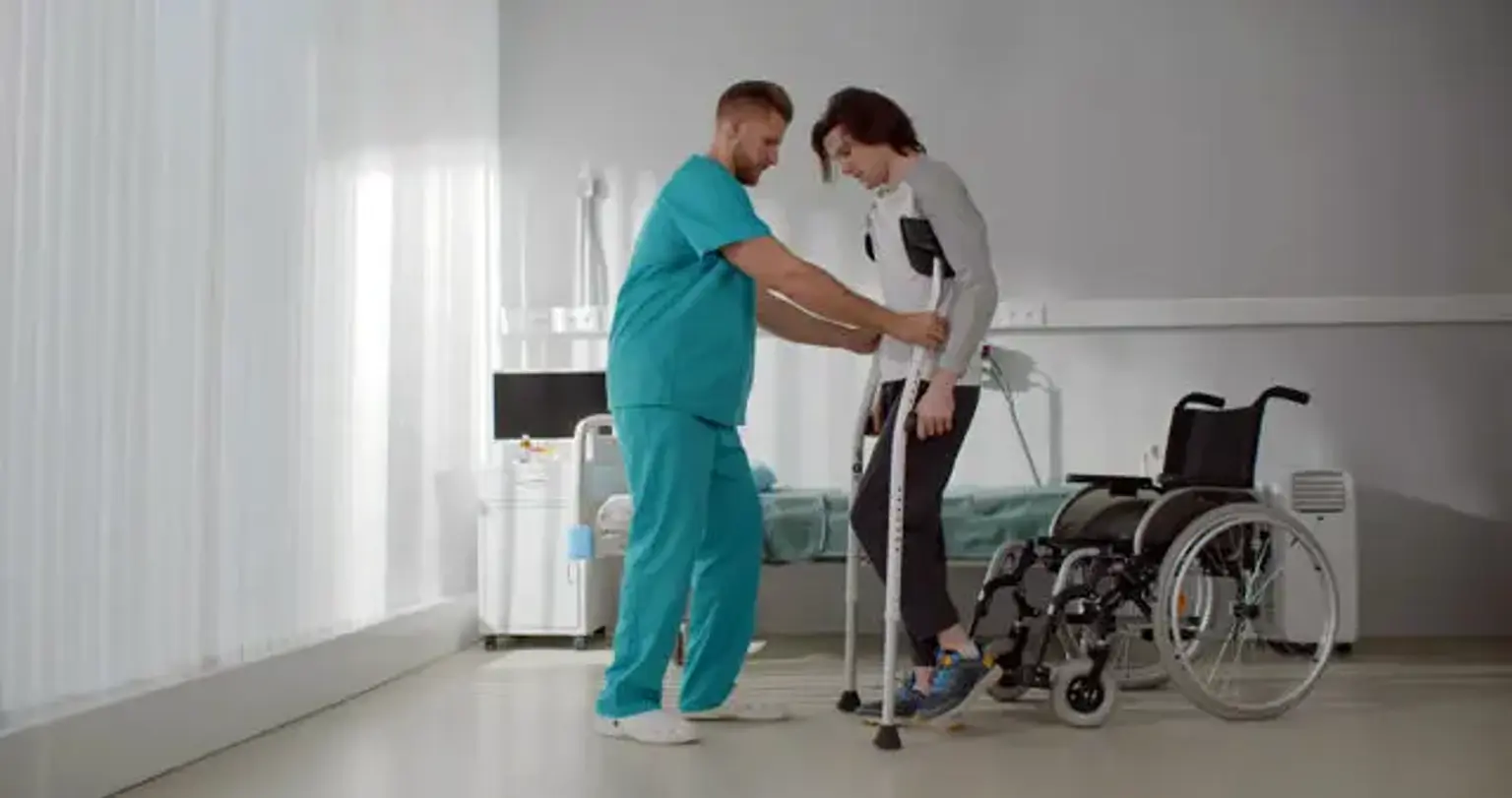Introduction
Definition and Scope of Comprehensive Rehabilitation Therapy
Comprehensive Rehabilitation Therapy refers to a range of treatments designed to restore and enhance physical, mental, and emotional well-being following an injury, surgery, or neurological condition. This therapy includes physical, occupational, and neurological rehabilitation, among others. It is a multidisciplinary approach aimed at improving quality of life and functional independence.
Why Rehabilitation Therapy is Important
Rehabilitation therapy is crucial for individuals recovering from injuries, surgeries, or conditions like stroke, spinal cord injuries, or musculoskeletal disorders. It helps regain lost abilities, manage pain, and avoid long-term disabilities. The goal is to support individuals in regaining optimal functionality and improving their daily life activities.
Global Popularity and Demand for Rehabilitation Programs
With increasing life expectancy and advancements in medical treatments, the demand for rehabilitation programs is rising worldwide. More people are seeking rehabilitation for chronic conditions, post-surgery recovery, and accident-related injuries. This trend is especially prominent in developed countries, where healthcare systems increasingly recognize the importance of rehabilitation.
